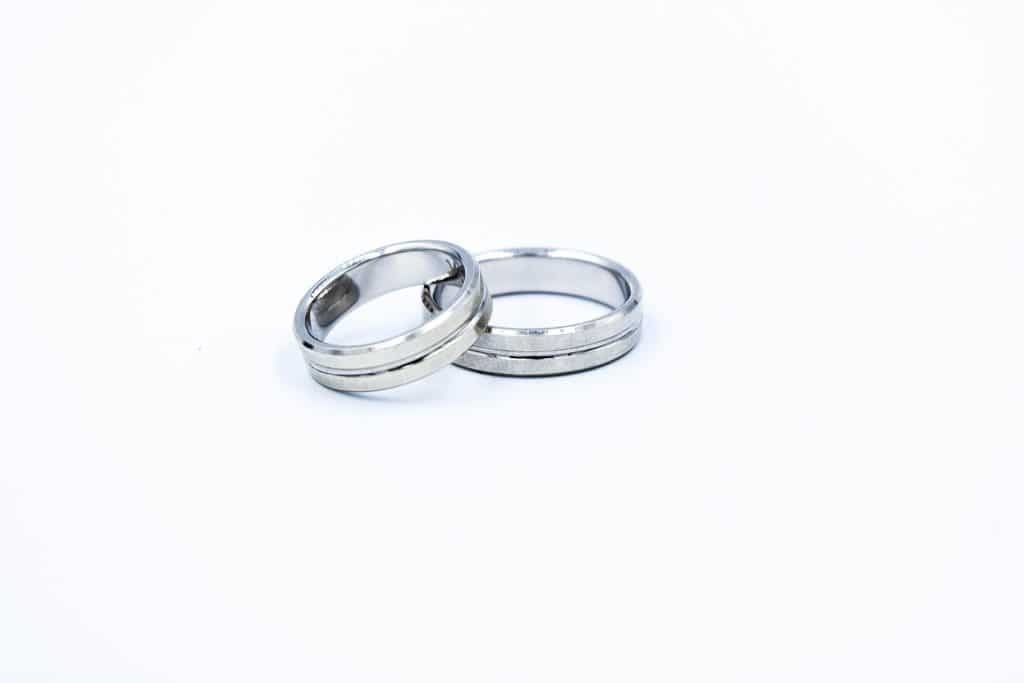With its silvery liquid color, white gold one of the most popular precious metals for jewelry these days. There are a few common misunderstandings about what exactly white gold is, how to take care of it and maintaining its brilliant color.
The Background of White Gold
In the early 1900’s white gold started bypassing platinum as a more affordable silvery white metal. Platinum was also very popular but certainly more pricey, so when a more affordable option was presented, people took to it particularly around the time of the Great Depression. With the same look without the price, it remains a great choice even today.
While yellow gold has always been a classic metal choice for engagement and wedding rings, in the mid 1990’s white gold took off and remains the most popular of all jewelry metals today.
What Exactly is White Gold (and What Makes it White)?
One of the most important things to point out to prospective jewelry buyers is that all gold is naturally yellow. So where does white gold come from? White gold doesn’t start out as white as you see it in the jewelry stores. It begins with yellow gold mixed with different types of metals and alloys for strength and coloring. Even with these mixtures, the result is still yellow in tone and jewelers use Rhodium plating (often called “dipping”) to get that silvery white color.
White Gold Maintenance
Because all white gold is rhodium plated, it eventually rubs off and the jewelry will need to be re-plated. It’s a common part of jewelry maintenance, particularly for engagement and wedding rings. Rhodium plating isn’t, however, a reason to shy away from white gold. It is so common that most jewelry stores will dip your rings for minimal cost. Rhodium is strong, and white gold is still a more affordable option than platinum and plating costs an average of $25 every few years. Some jewelry stores are known to do it for free, while others charge incredibly high prices. It pays to shop around a little to find a jeweler within the $25 price range.
______________
All in all, white gold is a great option for those looking for a silvery white metal without the high price tag of platinum. The cost savings outweigh the need to have one’s ring replated/dipped periodically. Be sure to check for nickel allergies prior to buying, as a vast majority of white gold contains at least some nickel which can cause irritation for some people. Alternately, for those with allergies one can opt for palladium which has no nickel, never needs rhodium plating and is a much more affordable sister metal to platinum.








